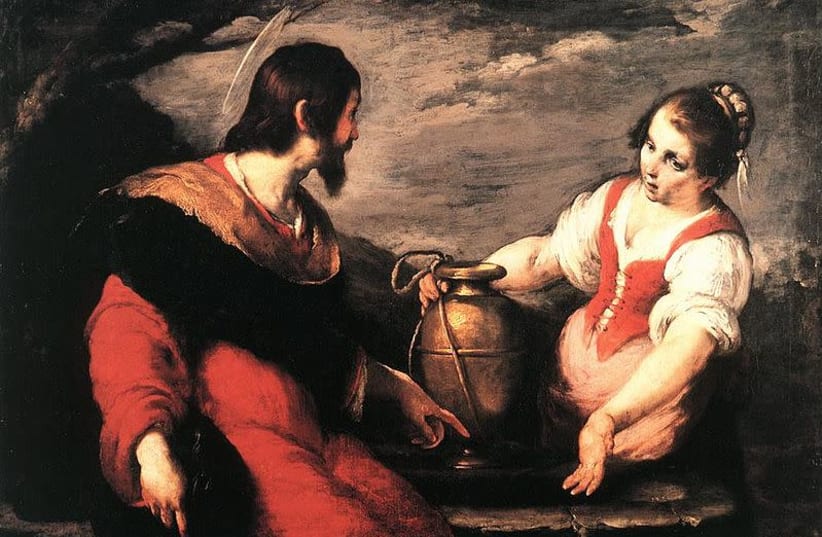The descendants of family friends of Richard Semmel were granted 200,000 euros by the Museum de Fundatie in Zwolle in the Netherlands, where the once-owned painting titled "Christ and the Samaritan Woman at the Well" by Bernardo Strozzi sits.
"The Museum is not obliged to return the painting Christ and the Samaritan Woman at the Well by Bernardo Strozzi to the applicants or to pay them any compensation," reads the decision of the Dutch Restitutions Committee from 2013. The museum argued that the painting is too important to the collection and to the public, and that the claims made by the family do not "outweigh" that importance, the newspaper noted.
If the decision was publicized nearly a decade ago, why did the museum make this decision only now?
The Art Newspaper explains that a 2020 report called the practices and policies of the Restitutions Committee "inappropriate." As a result, the museum reached out to the family, settling on a compensation package that allows the painting to remain in the museum.
According to the dispute, Semmel, a native of Slobodka, Poland, was a Jewish entrepreneur living in Berlin in 1933 when he was forced to give the painting over to the Nazis. In a snap decision, Semmel fled Berlin just in time.
In a post-war letter, Semmel wrote of being constantly harassed by Nazi officials, by phone, in writing and with surprise inspections into his home.
His representatives made the argument that he was targeted by the Nazis because he was Jewish, but also with the general goal of the Aryanization of Jewish businesses.
About a month ago, France announced it would return a Gustav Klimt piece "Rosiers sous les Arbres" to original owner Nora Stiasny. She had to sell the painting at a fraction of its price to survive financially in 1938, and was deported to Poland in 1942.
In 2019, the Restitutions Committee made an identical decision identical to the one regarding the Strozzi painting in the case of Irma Klein and her painting "Painting with Horses" by Wassily Kandinsky, citing "public interest" to keep the painting in its place.
The 2019 report notes that this was the latest in a string of refusals by the committee to return or compensate for looted Nazi art.
When around 50 people were asked for their opinion on the matter, none thought that the painting should be transferred into private hands, but all those interviewed said that monetary compensation is in order.
Semmel fled Berlin and settled in the Netherlands, but left in 1939 for New York.
